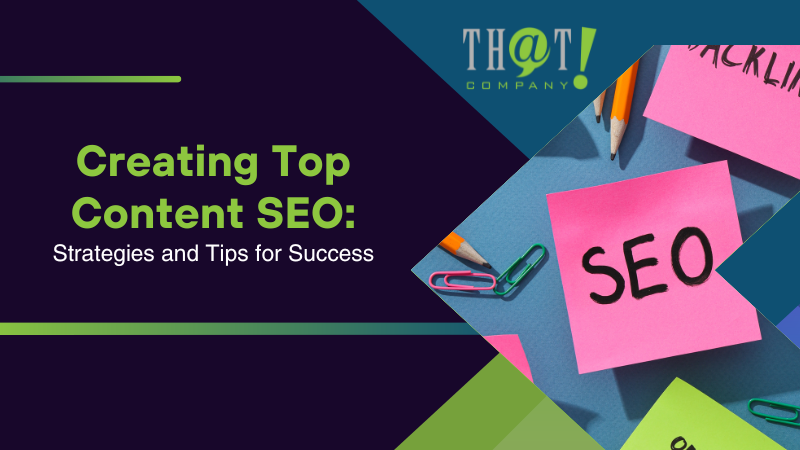
Content SEO is the practice of creating and optimizing content to rank higher on search engines. This guide will explore effective strategies and practical tips to improve your content’s SEO performance, making your website more visible and attractive to search engines and users.
Key Takeaways
- Quality content optimization is crucial for improving search engine rankings and credibility, as Google prioritizes helpful and user-focused content.
- Effective keyword research, particularly focusing on long-tail keywords, guides content creation and enhances organic traffic potential by targeting relevant search queries.
- Regularly updating content, optimizing metadata, and utilizing multimedia elements significantly enhance user engagement and search engine visibility.

Understanding Content SEO
Content SEO refers to creating and optimizing content specifically to improve its ranking on search engines. The primary goal is to enhance findability and ensure your content appears in relevant search results. Engaging and relevant content not only boosts your website’s credibility but also its memorability. Google places significant emphasis on helpful, reliable, and people-first content, making quality content and search engine optimization more vital than ever.
Quality content has become increasingly important in Google’s ranking algorithms, accounting for up to 21% of its importance. High-quality, optimized content significantly improves the chances of landing on the first page of Google. Effective Content SEO relies on balancing keyword usage, site structure, and quality writing. Writing and structuring quality content is crucial for effective content SEO.
The major elements to consider for good Content SEO are keyword strategy, site structure, and copywriting. A well-structured site helps search engines understand its purpose, leading to higher rankings in search results. Additionally, a good user experience increases the likelihood of showing up in relevant search queries. Search engines prioritize content that satisfies their users, making it essential to focus on creating valuable and engaging content.
As the leading white label search engine optimization company, we help agencies world-wide deliver outstanding SEO results for their end clients. Can we help you? Learn more about our White Label SEO Services to learn how we help you achieve the desired outcomes fro your clients today.

Importance of Keyword Research in Content SEO
Keyword research is the cornerstone of any effective SEO content strategy. Understanding what potential readers are searching for guides you in creating content that meets their needs. Keyword research guides your content creation process by identifying the terms your pages should rank for, helping you target relevant search queries. Moreover, conducting keyword research allows you to gauge competition levels for specific terms, which is crucial for developing a winning content strategy.
Effective keyword research uncovers low-competition opportunities, enhancing the likelihood of attracting organic traffic. Understanding keyword intent is also vital; it allows content creators to tailor their material to meet user expectations.
New websites should utilize long-tail keywords to gradually build search engine visibility. Organizing keyword options in a large spreadsheet is essential for managing your keyword strategy effectively.
Utilizing Keyword Research Tools
Utilizing the right keyword research tools is crucial for uncovering valuable keyword opportunities. Tools like Semrush and Yoast SEO are highly recommended for their comprehensive features. KeywordsFX is another useful free tool for discovering related keywords. Targeting multiple keywords is essential because users often use different phrases for the same query. This approach helps you address the pressing issues faced by your audience and ensures your content is relevant to their needs.
Semrush’s Keyword Magic Tool, for instance, is designed to find new ranking opportunities by providing insights into search volume, difficulty, CPC, and top URLs. Including these metrics in your keyword research spreadsheet is crucial for a well-rounded strategy.
Furthermore, Semrush’s SEO Content Template offers real-time analysis tools for content writers, making it easier to create optimized content. The integration with Yoast SEO offers suggestions for related keyphrases. Additionally, it provides insights into search volume trends.
Long-tail Keywords vs. Short-tail Keywords
Understanding the difference between long-tail and short-tail keywords is essential for an effective SEO strategy. Long-tail keywords are very specific. They tend to attract targeted traffic that is more likely to convert. In contrast, short-tail keywords are common and highly competitive, making them harder to rank for without significant authority. The advantage of using long-tail keywords is their lower competition, which makes them easier to rank for.
Long-tail keywords differ from short-tail keywords by being less competitive and more specific. Short-tail keywords face higher competition, which can hinder your chances of ranking highly.
Selecting keywords should be based on relevance to the user to ensure effective content targeting. New websites should primarily target long-tail keywords before expanding to broader terms. This approach helps build visibility gradually and effectively.

Crafting SEO-Friendly Content
Crafting SEO-friendly content is an art that combines creativity with technical know-how. The content should be fresh, new, and original to attract and engage readers. Sharing first-person experiences can significantly enhance the appeal of your content. Tools like Hemingway and Grammarly assist in simplifying language and checking spelling, thus enhancing overall content quality. Utilizing the SEO Writing Assistant in Semrush can also offer real-time suggestions for content improvements, which is part of the seo content writing process.
Focusing on content organization and formatting can significantly enhance user-friendliness. Ensuring that content is well-optimized for search engines helps with identification and relevance for desired topics. Moreover, content should be structured to provide clear value to the audience, which improves engagement. Writing original content is a fundamental aspect of high-quality copywriting.
Readability is crucial as it improves audience understanding and supports better rankings on Google. Answering all reader questions on a topic can greatly enhance the SEO effectiveness of the content. Avoiding keyword stuffing is essential to maintain clarity and good SEO results in content.
Using clear text structure, shorter sentences, and well-defined paragraphs contribute positively to content readability. Ultimately, content should be created with a focus on providing value to readers first and optimizing for search second.
Writing for Search Intent
Understanding search intent requires identifying the searcher’s goals. This involves determining what information or solutions they seek. There are four main types of search intent: informational, navigational, transactional, and commercial. Identifying user search intent is crucial as it directly affects the content’s ability to rank well in search results. Not matching content with search intent can result in slim chances of ranking.
Businesses should align their content with specific search queries related to their products to effectively target their target audience with relevant topics. When you create content, it is essential to consider the topic being discussed and the purpose of the content.
Search engine results pages can provide insights into user intent and the specific needs to address during keyword research. Long-tail keywords are typically more specific and yield higher conversion rates due to their targeted nature.
Optimizing Title Tags and Meta Descriptions
Title tags send signals to search engines and are displayed in search results. Including the target keyword in the page title tag enhances SEO. Evaluating the performance of a title tag using an SEO checker can help analyze its optimization.
Meta descriptions should start with the focus keyword, include action verbs, and outline the content’s benefits. An enticing headline in the meta description encourages users to read the content.
Tools like ContentShake AI assist in creating and optimizing content specifically for SEO. Properly optimized title tags and meta descriptions help search engines understand the relevance of the page and improve its ranking potential.
Using Header Tags Properly
Header tags help organize content and identify topics for readers and search engines. They categorize content, making it easier for both users and search engines to navigate. Header tags should be optimized by including core or related keywords. To improve content readability, use subheadings, organize logically, short paragraphs, bullet points, and bold key points.
Using header tags properly not only enhances the readability of your content but also helps search engines understand its structure and relevance. This organization makes it easier for search engines to index your content accurately, thereby improving your search engine rankings.

Enhancing Content with Internal Links
Internal links are crucial for enhancing site navigation, allowing users and search engines to explore your content effectively. Linking pages internally makes all important content more accessible, reducing the chance of it being classified as orphaned and ensuring thorough indexing by search engines. Using links from high-authority pages to other important pages can significantly increase the latter’s ranking potential within search results.
Descriptive and varied anchor text in internal links provides clarity for users and search engines about the linked page’s content. Regular audits of internal links can identify opportunities for improving navigation and optimizing link authority distribution.
Placing internal links near the top of a page can reduce bounce rates and enhance user engagement. However, avoiding identical anchor text for different pages prevents confusion for search engines, ensuring they understand the topics of each linked page.

The Role of Multimedia in Content SEO
Incorporating multimedia elements like videos and infographics can significantly improve user experience and engagement. Multimedia elements enhance user engagement by making content more interactive and visually appealing. Popular content formats for SEO aside from text include images, videos, and infographics. These elements not only make your content more engaging but also help in improving your search engine rankings.
Additionally, multimedia can divide lengthy sections of text, making your content more accessible and simpler to navigate This enhanced user experience results in higher engagement rates and longer time spent on your site, which are positive signals to search engines. Incorporating multimedia into your SEO content strategy can thus lead to better rankings and increased organic traffic.
Optimizing Image Alt Text
Optimizing image alt text is crucial for SEO and accessibility. Non-compliance with Section 508 regarding alt text can result in hefty fines. Alt text should be descriptive yet concise, ideally including relevant keywords to boost SEO performance.
Use an SEO checker tool with the content’s URL to check if images need alt text. Properly optimized image alt text helps search engines understand the content of the images, contributing to better search engine rankings.
Adding Transcripts to Video Content
Adding transcripts to video content offers significant SEO benefits. Transcripts help search engines understand the video content, which can improve its ranking for relevant search queries.
Additionally, transcripts enhance accessibility, making your content available to a wider audience, including those with hearing impairments. Adding transcripts ensures that your video content is indexed more effectively by search engines, thereby improving its visibility.

Building a Strong Backlink Profile
Building a strong backlink profile is essential for improving search engine rankings. Backlinks are vital for SEO as they indicate quality to search engines. Link-building enhances domain authority. It also leads to improved rankings. A new site needs active backlink building to gain visibility. Identifying relevant websites for backlinking and reaching out to explain that you offer a better resource worth linking to can be an effective strategy.
Having other sites feature your images can lead to more backlinks, further improving your search engine rankings. A strong backlink profile not only enhances your site’s authority but also drives more organic traffic.
Focusing on quality over quantity is crucial, as high-quality backlinks from authoritative sites have a more significant impact on your SEO performance.

Keeping Content Fresh and Up-to-Date
Maintaining fresh and current content is essential for achieving high search engine rankings. Search engines favor sites with regularly updated content, signaling site activity and relevance. Regularly revising cornerstone articles is essential for maintaining their relevance and authority. Content that attracts substantial traffic should be prioritized for updates to enhance user experience.
Updating existing content is easier and quicker than creating new content from scratch and prevents competition between old and new content. When content becomes stale, traffic trends decline. Deleting outdated blog post can streamline your website and improve SEO performance. Merging similar posts can help eliminate keyword cannibalization and improve search rankings.

Here are the Advantages of Using That! Company’s White Label SEO Services:
Using That! Company’s white label SEO services offers numerous advantages that can help your agency thrive. Scalability is a significant benefit, allowing agencies to manage larger client loads without needing additional in-house resources. This scalability ensures you can handle more clients efficiently, enhancing your profitability. Brand consistency is another advantage, as services are delivered under your agency’s brand, maintaining a consistent brand representation in all communications and reports. Partnering with a trusted white label SEO company like That! Company helps elevate your SEO offerings without extra overhead.
That! Company provides comprehensive solutions, including strategy, implementation, and ongoing management, making it a one-stop-shop for all your SEO needs. Their expertise in digital marketing, combined with white label branding and proprietary tools, enhances client satisfaction and retention.
With expert support, you gain access to experienced SEO professionals who can provide expert advice and execute effective strategies, enhancing your agency’s reputation and credibility in the market.

Measuring Content SEO Success
Measuring the success of your content SEO efforts is essential to understand what’s working and where improvements are needed. An SEO checker provides information on key metrics for SEO analysis. Google Analytics is a critical tool for monitoring the performance of published content. Regularly reviewing performance against chosen metrics, typically at least every quarter, is essential for continuous improvement.
High click-through rates (CTR) can positively affect website ranking and visitor engagement. Bounce rate indicates the percentage of visitors who leave without viewing other pages, suggesting the quality of user experience. Tracking these metrics provides insights into your content’s performance, enabling data-driven decisions to optimize your SEO strategy.
Analyzing Traffic and Engagement Metrics
Analyzing traffic and engagement metrics is crucial for assessing user engagement on your website. Engagement rate in GA4 is calculated as the percentage of engaged sessions compared to the total number of sessions. Page views and bounce rates are crucial metrics for understanding how users interact with your content. Google Analytics allows for the tracking of specific user interactions to gauge content effectiveness.
Using action-oriented verbs in meta descriptions can enhance engagement and click-through rates. Closely monitoring these metrics helps identify areas where your content excels and areas needing improvement. This analysis helps in refining your content strategy to better meet user needs and improve overall SEO performance.
Monitoring Search Engine Rankings
Monitoring search engine rankings is essential for understanding your visibility and performance in search engine results. Tracking keyword rankings over time helps assess how well your content is performing and where adjustments may be needed. Google Search Console allows users to see keyword ranking and provides filters for specific data analysis.
Regularly monitoring your search engine rankings helps identify trends and make informed decisions to optimize your content. This ongoing analysis ensures that your SEO efforts are aligned with current best practices and helps maintain or improve your search engine rankings.

Summary
Creating top content SEO involves a multifaceted approach that includes understanding Content SEO, conducting thorough keyword research, crafting SEO-friendly content, and continuously optimizing your strategy. By focusing on the key elements of Content SEO, such as keyword strategy, site structure, and copywriting, you can improve your search engine rankings and drive more organic traffic to your site.
Regularly updating your content, incorporating multimedia elements, and building a strong backlink profile are essential for maintaining high search engine rankings. Measuring your SEO success through key metrics helps you refine your strategy and continue to improve your content’s performance. With these strategies and tips, you can create high-quality, SEO-friendly content that resonates with your audience and drives long-term success.

Frequently Asked Questions
What is content type in SEO?
Content type in SEO refers to the format of the content designed to rank in search engines, which can include blog posts, infographics, podcasts, and videos, all optimized for relevant keywords. Understanding and utilizing diverse content types can enhance user engagement and boost visibility across different platforms.
What is content SEO?
Content SEO is the practice of creating and optimizing online content to rank highly in search engine results, primarily by focusing on relevant keywords and user intent. This approach ensures that both search engines and users can easily discover and engage with your content. Working with a trusted white label SEO firm can optimize your content strategy and boost search engine visibility.
Why is keyword research important in Content SEO?
Keyword research is crucial in Content SEO as it reveals what your target audience is searching for, guiding content development and strategy while also highlighting competitive dynamics. This ensures that your content meets user needs, improving visibility and engagement.
How can I optimize my title tags and meta descriptions for SEO?
Optimize your title tags by including the target keyword and ensure your meta descriptions begin with it as well. Use action verbs and highlight the content’s benefits to enhance engagement.
What are the benefits of using long-tail keywords?
Utilizing long-tail keywords enhances your ability to attract targeted traffic that is more likely to convert, while also making it easier to rank due to reduced competition. This strategic approach can significantly improve your online visibility and results.











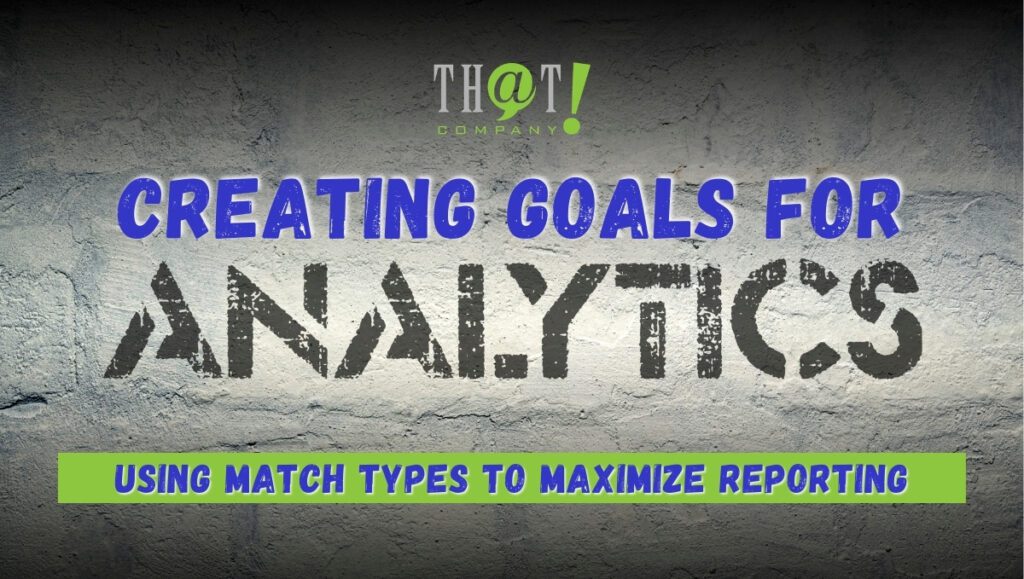

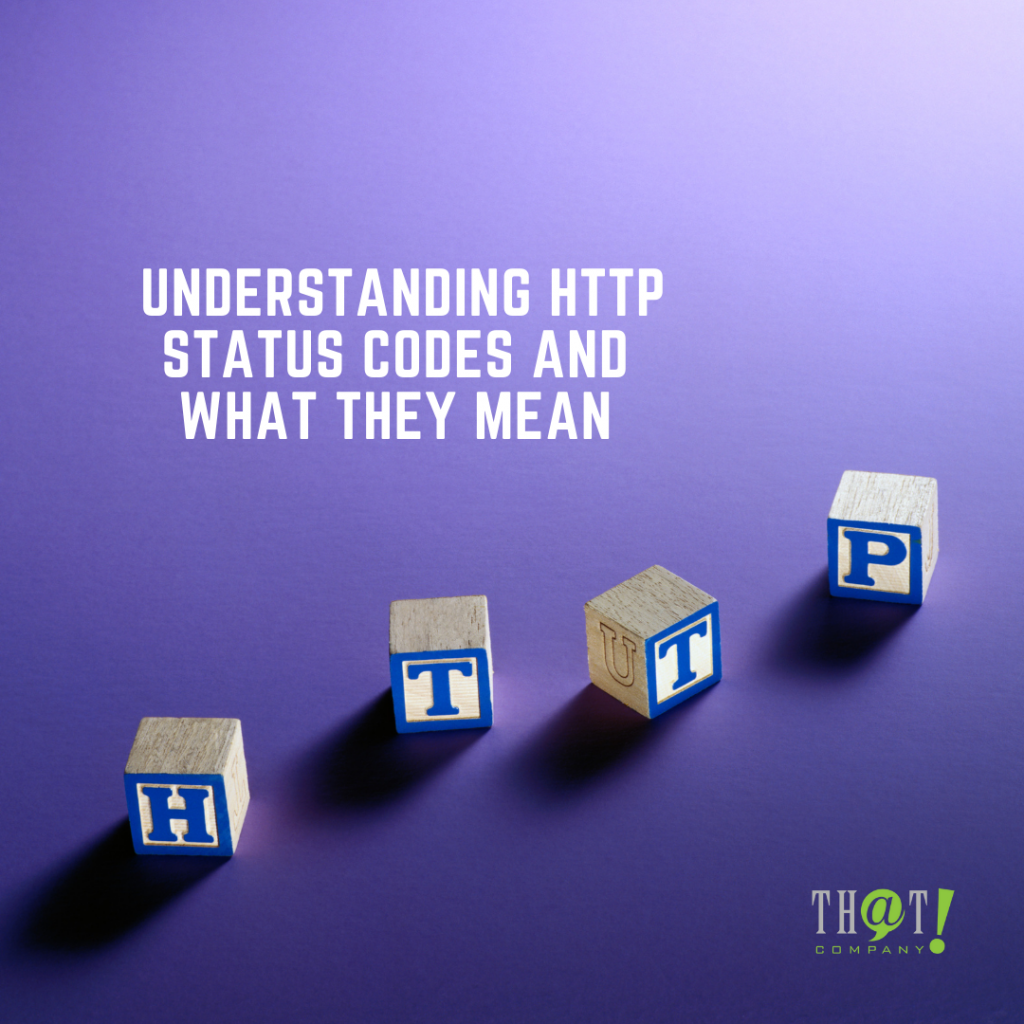

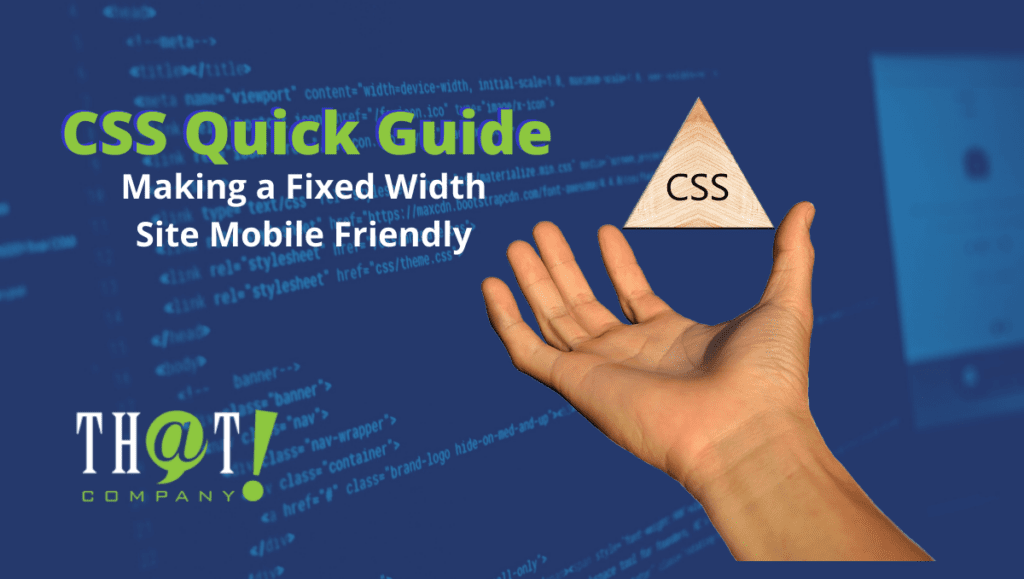





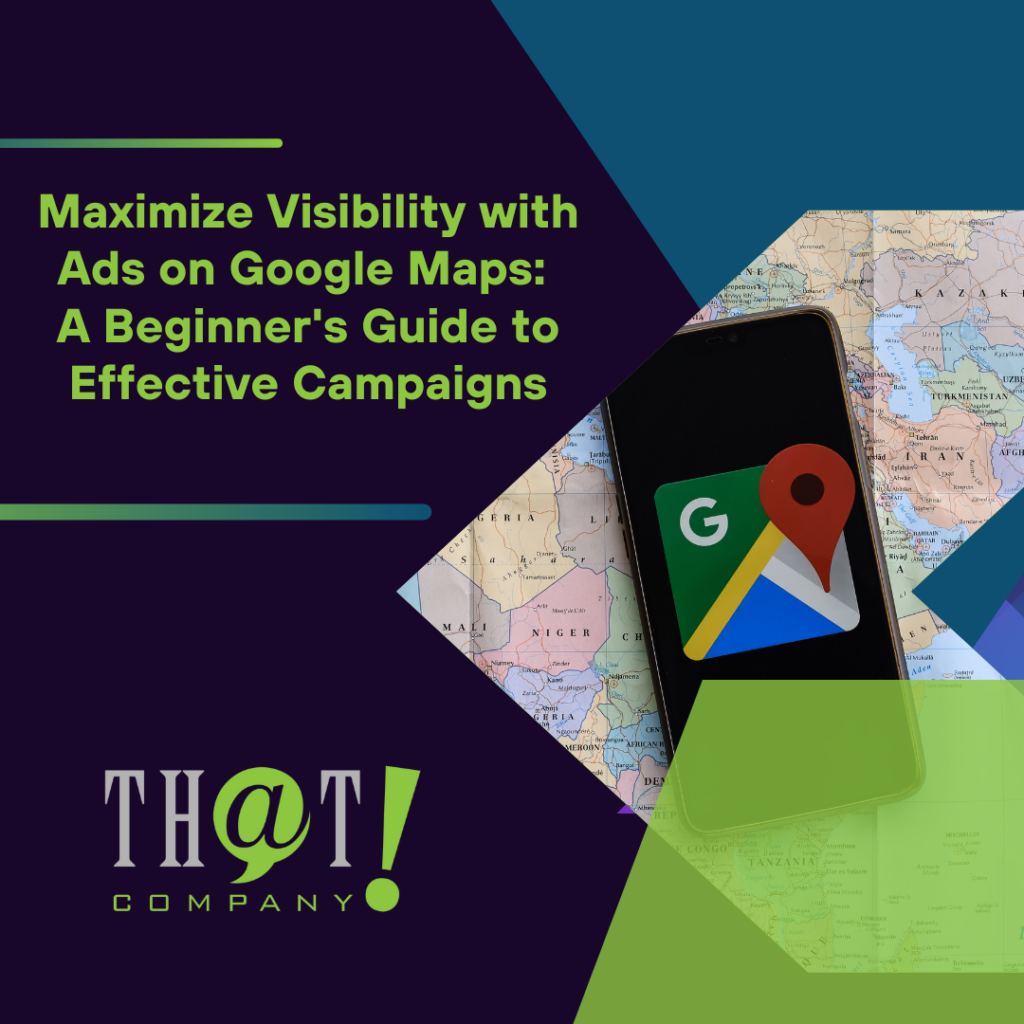
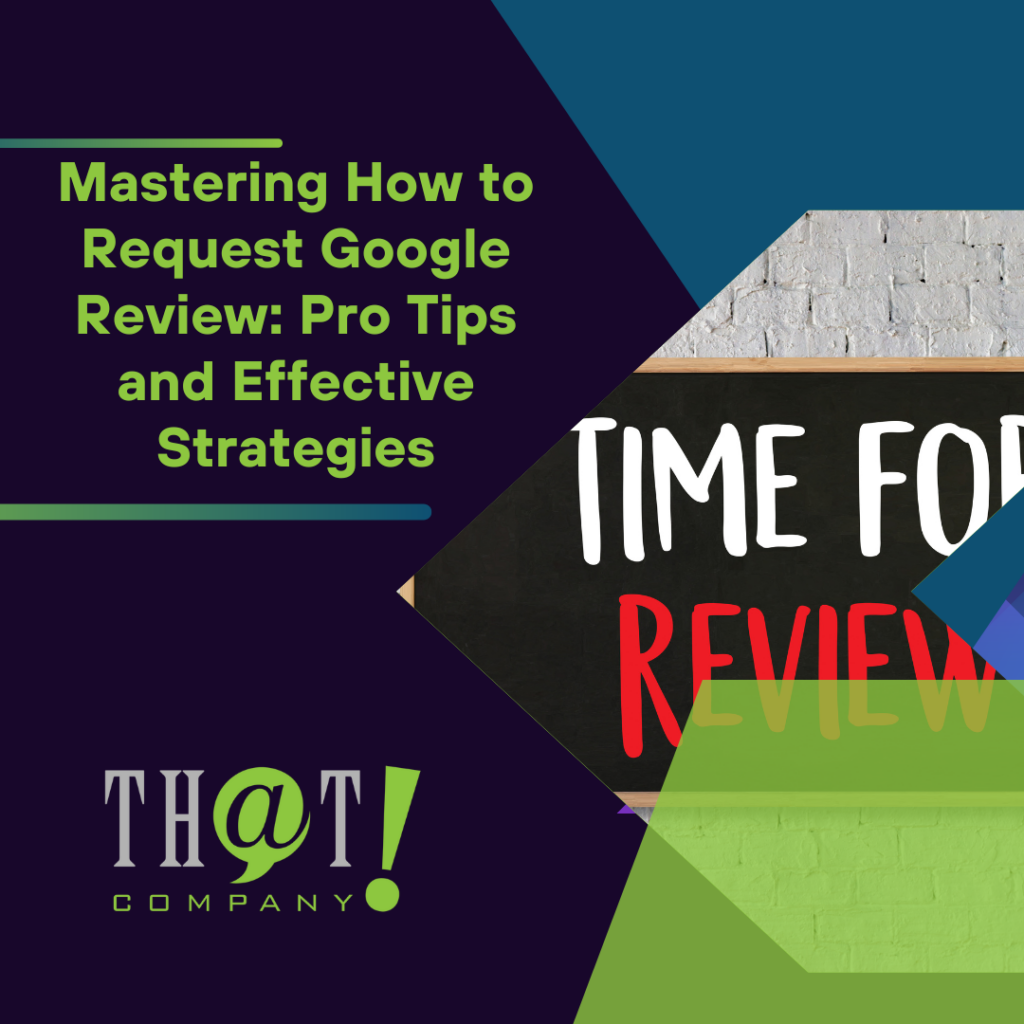

 Talk With Us
Talk With Us  Give Some Love
Give Some Love 


